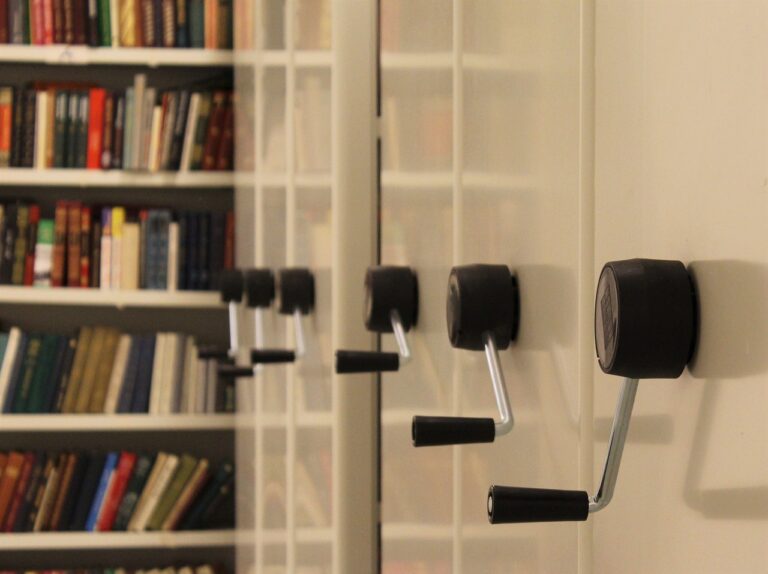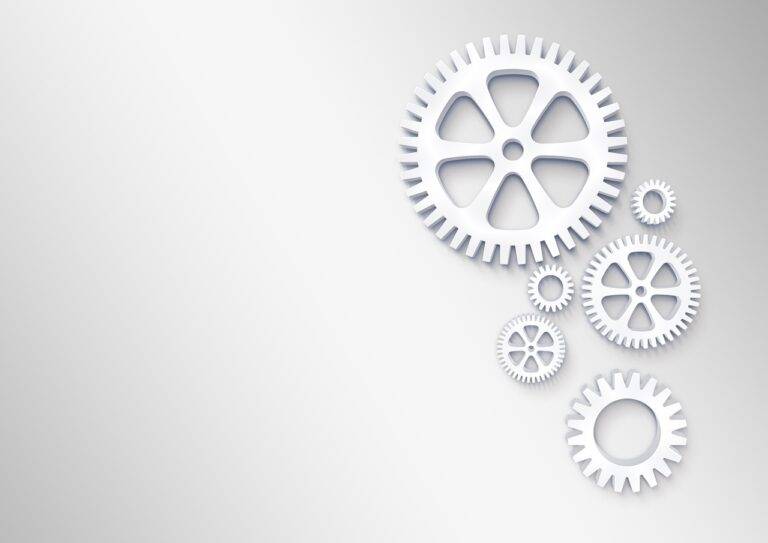Textile Designer Spotlight: Innovations in Textile Design
In the evolving world of fashion and interior design, textile designer are continuously pushing the boundaries of creativity and technology. From experimenting with new materials to creating sustainable textiles, their innovations are shaping the future of fabrics and how they are used in everyday life. As we shine a spotlight on textile design, let’s explore some of the most exciting advancements and trends in this field that are transforming the way we think about fabrics.
Sustainable Textiles: A New Frontier
One of the biggest trends revolutionizing the textile industry is the focus on sustainability. As the fashion and textile industries have come under scrutiny for their environmental impact, designers are stepping up to create eco-friendly alternatives. Sustainable textile design involves the use of organic materials, recycled fibers, and non-toxic dyes. Not only do these materials reduce the industry’s carbon footprint, but they also appeal to consumers who are increasingly looking for environmentally conscious products.
For instance, the use of organic cotton, hemp, and bamboo fabrics is growing rapidly. These materials require less water and fewer chemicals to produce compared to conventional textiles. Additionally, innovations like lab-grown leather and biodegradable fabrics are gaining popularity, providing designers with a new palette of sustainable options. These eco-conscious materials are being embraced by both high-fashion and commercial brands, marking a significant shift in the industry.
Technology and Smart Textiles
As technology continues to advance, its integration into textile design has given rise to smart textiles—fabrics embedded with sensors and electronics. These innovative textiles can change color, regulate temperature, and even monitor vital signs, making them useful in industries beyond fashion, such as healthcare, sports, and military applications.
For example, some designers are working on fabrics that can charge electronic devices using solar power. Others are creating garments that can adapt to environmental changes, such as temperature or humidity, making them ideal for outdoor activities or sportswear. These technological advancements are expanding the potential uses for textiles, moving them from traditional applications into more functional and futuristic realms.
Digital Fabric Printing
Digital printing technology has drastically changed the way textile designs are created and produced. Unlike traditional methods, digital printing allows for more precise, intricate designs and the ability to create custom patterns on demand. This has opened up a new world of possibilities for designers, enabling them to experiment with bolder patterns, brighter colors, and more intricate details.
Moreover, digital printing is much more sustainable than traditional dyeing methods, as it uses less water and produces less waste. This makes it an environmentally friendly option for both high-end designers and mass-market producers. The ability to print custom fabrics also allows designers to offer unique, one-of-a-kind products, which is becoming increasingly important in a market where personalization is key.
Innovations in Fabric Finishing
Fabric finishing has also seen significant innovations, with designers using advanced techniques to add unique properties to textiles. These include wrinkle-resistance, water-repellency, and stain-resistance, which have practical applications across various industries.
Nanotechnology has played a crucial role in fabric finishing innovations, allowing designers to create textiles with enhanced performance capabilities. For example, textiles finished with nanotechnology can be more durable, UV-protective, or antimicrobial. These enhancements make fabrics not only more functional but also more appealing to consumers who prioritize durability and practicality in their clothing and home textiles.
3D Printing and Fabrication
Another groundbreaking innovation in textile design is the use of 3D printing. Although still in its early stages, 3D printing is transforming the way textiles are produced. Designers can now create complex, three-dimensional structures that would be impossible to achieve with traditional methods.
This technology is opening up new opportunities for customization and allows for the production of fabrics that are both lightweight and durable. It’s also a sustainable option, as 3D printing can significantly reduce waste by using only the materials needed for each piece. As 3D printing technology continues to evolve, it will likely become a key tool for textile designers, enabling them to push the boundaries of creativity and innovation.
Future of Textile Design
The future of textile design lies in the intersection of sustainability, technology, and creativity. Designers are no longer limited by traditional methods or materials, and with the rise of smart textiles, digital printing, and 3D fabrication, the possibilities are endless.
Whether it’s creating fabrics that are better for the planet or incorporating technology to make textiles more functional, designers are playing a pivotal role in shaping the future of the industry. As consumers continue to demand more sustainable and innovative products, textile designers will need to stay at the forefront of these trends, pushing the limits of what’s possible with fabrics.
To explore more about how these innovations are applied in cutting-edge design, check out Echelon Design Masters, a platform that brings together designers, artists, and creators pushing the boundaries in the world of design. They showcase a wide range of expertise, including textiles, to inspire the next generation of design professionals.
In conclusion, the textile industry is undergoing a transformation fueled by innovation, sustainability, and technology. With these advancements, textile designers are not only creating more beautiful and functional fabrics but also paving the way for a more sustainable and high-tech future.







